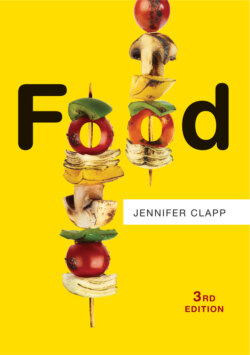Читать книгу Food - Jennifer Clapp - Страница 15
The financialization of food and agriculture
ОглавлениеThe world food economy has become increasingly “financialized” – that is, it is increasingly tied to activities and trends in the financial investment sector, even though that sector is not directly concerned with the food system other than as an arena in which to earn a profit. Agricultural commodity futures markets – markets that sell a set amount of a commodity for delivery at a future date – have historically played an important role in allowing farmers and other food system operators to hedge their risks in an uncertain market due to weather and other factors that can affect prices in between planting and harvest times. Speculators have also played a role in these markets, betting on price movements and providing liquidity – that is, cash flow – for other actors in the markets. The amount of speculation allowed in these markets has historically been subject to strict regulation in order to avoid “excessive speculation” that could cause huge price swings and have undue effects on access to food.
Recent decades, however, have seen the number of speculators on these markets rise dramatically, in effect creating a new middle space in the world food economy where new norms and practices are developed. This increase in financial trading in agricultural commodity futures markets is the product of a relaxation of the regulations in the 1980s and 1990s regarding speculation in futures markets. Banks began to sell new kinds of financial investment products linked directly to movements in commodity markets to a range of large-scale institutional investors, including hedge funds and pension funds. When these actors moved into agricultural commodity futures investments in large numbers in 2007–2008, there was a sudden sharp increase in prices of food commodities. While there is fierce debate over whether speculation on these markets was a leading cause or a consequence of food price rises, there is a growing consensus that such investment has exacerbated food price volatility trends in recent years. In other words, financial investors, through this new middle space in the world food economy, have enormous influence over food price trends, even though they have very little direct interest in the actual commodities they are trading. Further, the financialization of food has also fed into large-scale foreign land acquisitions and biofuel investments, in a new nexus of activity into which financial investors have actively tapped. Financial actors are also trading new kinds of financial investment products based on the share values of some of the largest agrifood TNCs.
